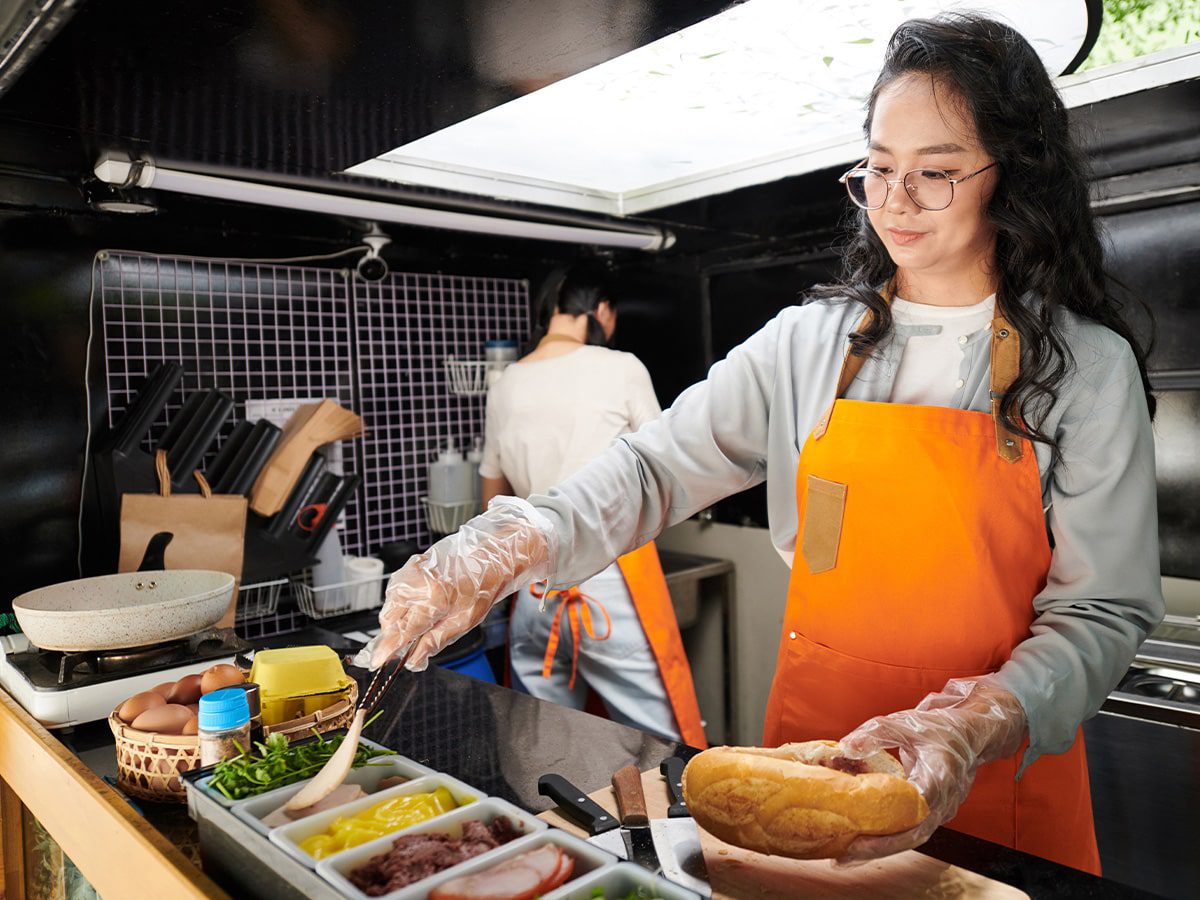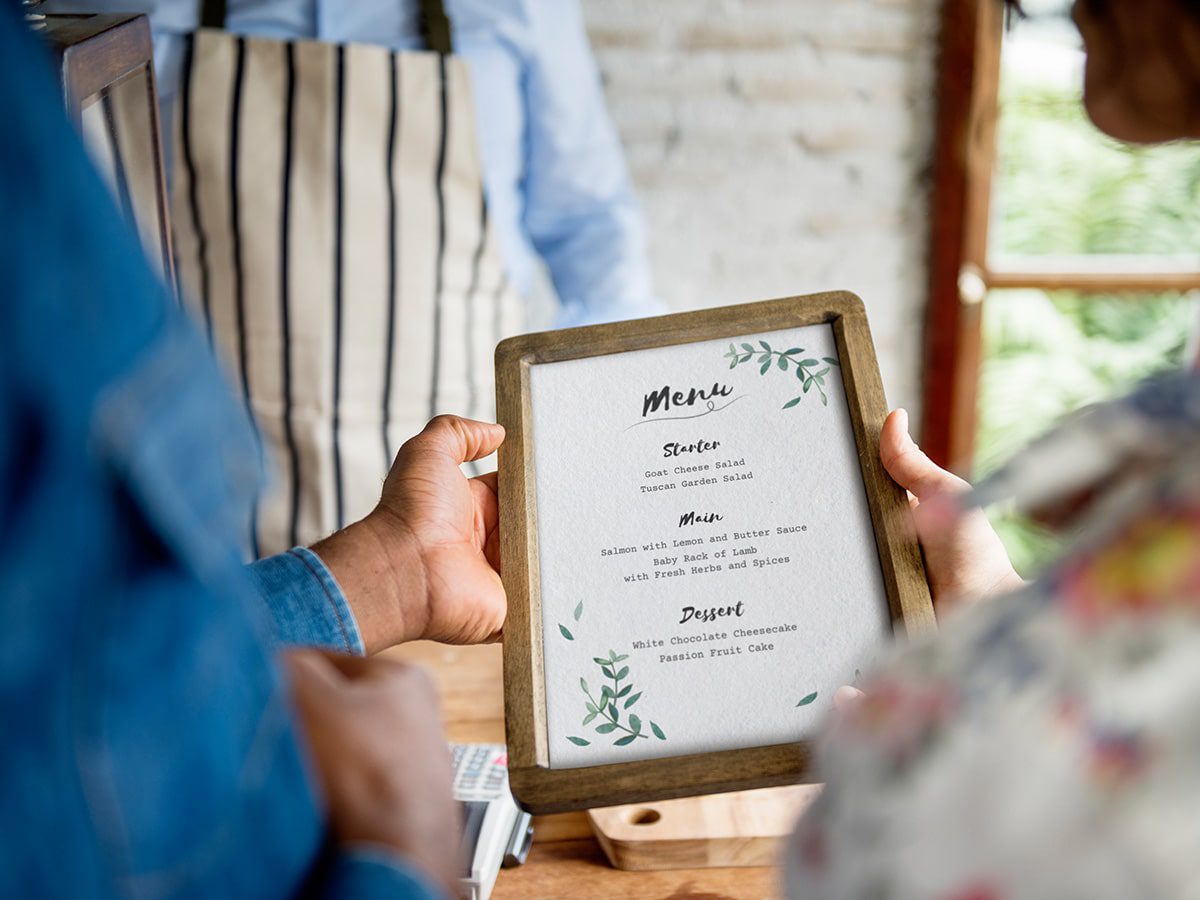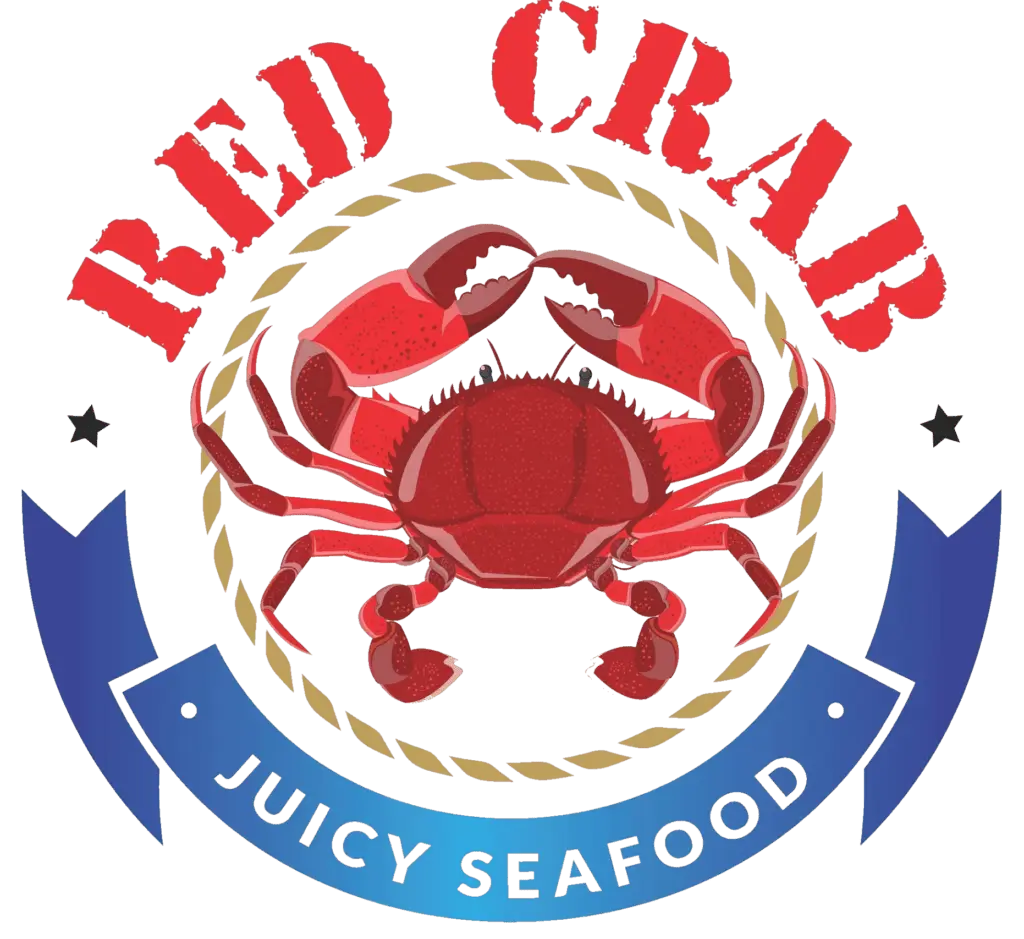If you want to be a food entrepreneur, you might be wondering how to start your food business. The process of starting a food truck, café, or seafood eatery may seem stressful yet it is possible to turn your love of food into a successful business. You have to have a correct plan and to help you, this guide will walk you through the process of how to start a food business. In this article, we’ll guide you from menu planning to selecting the ideal location.
Understanding your market is one of the most crucial steps in launching your food business. Knowing your target audience is critical when looking for trendy seafood places or developing a niche offering. You can confidently start creating your ideal food business if you have a clear understanding of your target market and business concept.
Food Business Ideas
When deciding how to start your food business, it is vital to first generate food business ideas. Which food niche can you fill? What kind of food do you want to serve? There are many options, ranging from seafood joints to dessert shops or cafes. What kind of business do you want to start—a food truck, a casual café, or a sit-down restaurant? There is a lot of demand for seafood, particularly in coastal areas. As per research, there may be a healthy market for seafood places in coastal areas. It is because many people look for "seafood near me."
Another option is to provide a special menu with dishes that occur only at your eatery. Think about creating a menu that features inventive seafood dishes. Also, add regional favorites to your menu. If you want to open an eatery in a seafood-rich area, ensure your menu appeals to all. This includes seafood lovers and those looking for something unique.
Offering ready-to-eat meals to working families is a smart business idea in the food industry. You can make a good living in the food business by providing easy and health-conscious options.

Small Food Business

A great way to get into the food industry is to start a small food business. It is without the pressure of a big financial investment. Small businesses are typically less risky and easier to run. For example, food trucks, food carts, or home-based catering services. Think about starting small to test the waters when deciding how to start your food business. Then you may expand the business.
One approach could be to hold a pop-up event. Secondly, partner with local seafood chains to host tastings or food fairs. By doing this, you can gather reviews, and test your idea with actual clients. Moreover, grow your fan base without having to immediately commit to a full-time business.
Prioritizing quality over quantity also helps a lot of small food businesses succeed. They cater to their niche by serving a small number of tasty dishes rather than a large menu. For instance, a tiny seafood cart might succeed by providing limited low-cost, fresh seafood dishes.
Consider starting a catering or food truck business if you want to keep costs down. These companies frequently offer lower startup costs than traditional brick-and-mortar restaurants. They also offer the freedom to relocate to different areas in response to demand.
Food Business Review
Obtaining food business reviews is essential to your success once your business is up and running. Positive evaluations increase your reputation and draw in new clients. However, how do you make sure that your restaurant receives positive reviews? Firstly, make sure you have excellent customer service. Good service can turn the tables, whether you own a casual seafood truck or an upscale restaurant.
When thinking about how to start your food business, remember that getting positive reviews requires consistency. Ensure your food is always of the highest caliber. Also, make sure that your patrons are aware of what to expect. Customers will remember your menu for years to come if it is well. Also, it should have consistent flavors and presentation.
Make it more appealing for customers to post reviews on the internet by offering them incentives. To promote an honest review, you might provide a tiny discount on their purchase. Positive reviews can make a big difference in a highly competitive market. When searching for the "best seafood places" or "seafood near me," many customers look up restaurant reviews online. Therefore, having great reviews could have a direct impact on their decision to eat at your eatery.

8 Effective Steps About How to Start Your Food Business
Step 1: Create a Robust Business Idea
Having a clear idea is crucial before getting into the specifics of starting a food business. What cuisine are you going to serve? Will there be a specific cuisine or dining experience that you specialize in? For example, if you want to open a seafood eatery, consider what makes your seafood unique.
Additionally, it would help if you choose between a small café, a food truck, and a full-service restaurant. Different planning and resources will be crucial for each kind of business.


Step 2: Carry Out Market Research
Knowing how to start your food business requires an understanding of your target market. You need to identify your target market's identity, food preferences, and spending power. Also, Check out the competition in your area. For example, if you want to open a seafood restaurant, look for other seafood eateries nearby. Then, assess their strengths and weaknesses.
You can improve your seafood menu and other culinary offerings by being aware of your market. For instance, offering a few specialty dishes like a famous seafood boil might draw in more clients.
Step 3: Write a Business Plan
A successful food venture starts with a business plan. It will include everything from the aims and plans to financial projections. The following should be part of your plan when deciding how to start your food business:
- Concept and Brand Identity
- Menu items (including any options for special diets)
- Target audience
- Analyzing competitors
- Sales and marketing plan
- Budget and financial plan
A creative business plan will not only guide you. However, it will also aid in obtaining funding if you require a loan or investment.


Step 4: Choose the Right Location
Your food business's location can make or break it. Selecting the ideal location is essential for drawing clients, whether you're starting a food truck or eatery. Consider foot traffic, accessibility, and visibility when selecting a location.
A coastal area or a location offering fresh seafood can help seafood businesses thrive. Ensure your location is handy for people looking for seafood. You may do this by researching the demand for seafood restaurants in the area.
Step 5: Secure Necessary Licenses and Permits
Getting the important licenses and permits is crucial when deciding how to start your food business. These may include business licenses, health permits, and certifications for handling food. Obtaining the incorrect permits may result in expensive fines. Moreover, it may delay in starting your business.
If you intend to sell alcohol, you'll also need a liquor license. Before you begin operations, ensure you review the rules set by the local government.

Step 7: Build Your Brand and Marketing Strategy
Any food business that wants to succeed must invest heavily in marketing. Every aspect of your restaurant's branding, including the name, logo, and website, should be the same on all media. Social media can be a very effective tool for advertising your business.
Step 8: Manage Your Finances and Scale Slowly
Budgeting and financial planning are essential skills for anyone starting a food business. Establish a system to track all of your expenses, including labor and ingredients. Pay a close look to your cash flow to ensure you can pay your bills effectively.
After your company is operating efficiently, you can consider growing it. To preserve your resources, scale your resources carefully.

Step 6: Create a Winning Menu
The core of your food business is your menu. Your menu should represent your brand and target market. Providing a diverse menu of fresh seafood options is a good way to attract patrons.
When designing your menu, balance is the key to success. Include popular items along with some unusual dishes to distinguish your restaurant. Don't start with too many dishes that burden your staff or kitchen. Instead, make sure your menu is scalable.
Frequently Asked Questions
The type of food you should sell comes to light by a variety of factors. This includes your preferences, target market, and local demand. Think about selling foods that you have a strong interest in and can reliably produce at a high standard. To make a lasting impression, consider adding something special to your seafood menu. Otherwise, include special dietary requirements like gluten-free, vegan, or organic options.
Conclusion
Setting up a food business involves passion, diligence, and thoughtful planning. If you adhere to these 8 steps, you'll have a clear cut idea for starting your food business. It will position you for a long-term success.
